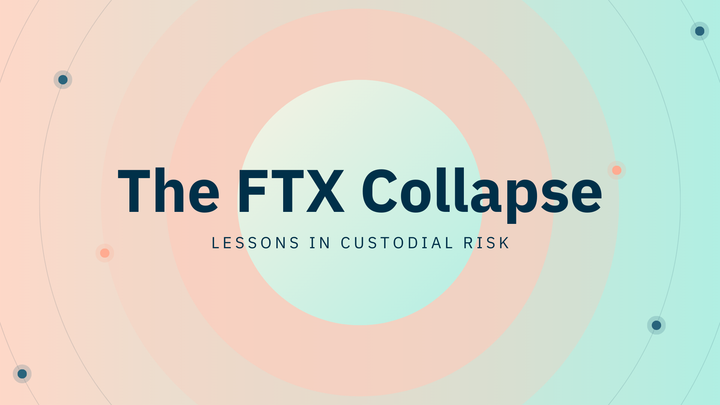Why Corporations Are Doubling Down on Bitcoin in 2025 And What Japan's GFA Deal Signals

In 2025, Bitcoin is no longer just a speculative asset — it’s becoming a core pillar of corporate finance strategy. With inflation risks mounting and global financial systems evolving rapidly, leading companies are turning to Bitcoin as a strategic reserve asset. Universal Digital Inc.'s recent moves — adopting a Bitcoin-focused treasury strategy and forming a partnership with Japan’s GFA Co., Ltd. — highlight how this trend is unfolding across North America and Asia.
This article unpacks the logic behind the “MicroStrategy 2.0” corporate model, explores the significance of Universal Digital’s MOU with GFA, and analyzes how these moves may reshape Bitcoin’s regional price dynamics.
The MicroStrategy 2.0 Model: Why Corporations Are Buying Bitcoin in 2025
Since MicroStrategy's pioneering leap into Bitcoin in 2020, the playbook has evolved. The 2025 version — dubbed “MicroStrategy 2.0” — reflects a more mature, strategic approach to holding Bitcoin on corporate balance sheets.
Strategic Reserve, Not Speculation
Corporations now treat Bitcoin as a reserve asset akin to digital gold — a long-term store of value that hedges against fiat currency devaluation. Strategy (formerly MicroStrategy) holds over 582,000 BTC, valued at roughly $63 billion — more than 100x its software revenue. This signals a broader shift: Bitcoin is no longer a bet. It’s a balance sheet strategy.
Structured, Transparent Rollouts
Modern treasury strategies are phased and transparent, improving investor confidence. Financial instruments such as convertible notes and warrants enable companies to accumulate Bitcoin without heavy shareholder dilution, adding financial discipline to these strategies.
Macro and Competitive Drivers
Corporations cite multiple motivations: hedging against inflation, outperforming sluggish traditional assets, and positioning for AI-driven disruptions. Bitcoin also offers asymmetric upside potential — with long-term forecasts suggesting prices could approach $1 million per BTC by 2035. Early adopters like Strategy have outperformed every S&P 500 company since embracing this model.
Universal Digital & GFA Co.: Unlocking Bitcoin Adoption in Japan
Universal Digital’s partnership with Japan’s GFA Co., Ltd. isn’t just a regional alliance — it’s a blueprint for international Bitcoin adoption.
Shared Goals, Complementary Strengths
The non-binding Memorandum of Understanding (MOU) signed on June 12, 2025, aims to develop Bitcoin-based corporate finance models tailored for Japanese listed companies. GFA brings deep knowledge of Japanese financial markets, while Universal Digital contributes expertise in crypto treasury management.
Key Initiatives Under the MOU
- Bitcoin Reserve Frameworks: Joint efforts will introduce treasury models to Japanese companies.
- Capital Raising Tools: The partnership will design financing structures, including market-based offerings, to support Bitcoin acquisition.
- Governance and Custody: A focus on secure custody solutions and strong governance will help build institutional trust.
- Web3 Integration: The collaboration may also link Bitcoin adoption to Japan’s broader cultural and Web3-driven digital economy.
Strategic Implications
This move gives Universal Digital a foothold in Japan’s robust crypto market, which accounted for nearly 9% of global on-chain transaction volume in 2023–2024. Partnering with a Tokyo-listed company enhances legitimacy, creating a channel to influence institutional investors and public firms in Asia.
Regional Bitcoin Price Dynamics: What Happens When Corporations Start Buying?
Bitcoin’s price doesn’t move in isolation — corporate accumulation strategies like Universal Digital’s can create meaningful shifts, especially when adopted regionally.
Shrinking Supply, Rising Demand
When corporations purchase Bitcoin as a long-term asset, it removes liquidity from the open market. This reduces the circulating supply, tightening availability and potentially driving prices higher. Institutional “dry powder” ready to buy Bitcoin amplifies this effect.
Localized Price Variations
Regions with high corporate demand, such as Japan, may see localized price premiums. Regional regulatory support, infrastructure, and market liquidity all influence how quickly — and how sharply — prices move.
Macro Effects with a Multiplier
A 10x capital multiplier — based on historical patterns — suggests that every dollar spent on corporate Bitcoin acquisitions could generate $10 in market cap impact. If broadly adopted, these strategies could add tens of thousands to Bitcoin’s price.
Competitive Urgency
As more companies adopt this approach, competition to accumulate Bitcoin at favorable prices could intensify. That arms race could accelerate both adoption and price appreciation — particularly in fast-moving regions like Asia.
Conclusion
Bitcoin's role in corporate finance is evolving — and fast. The MicroStrategy 2.0 model is no longer a fringe experiment; it’s becoming a strategic imperative for forward-looking companies. Universal Digital’s adoption of this model, combined with its partnership with GFA Co. in Japan, positions it at the forefront of this financial evolution.
Key Takeaways:
- Corporations now view Bitcoin as a strategic reserve asset, not speculation.
- Partnerships like Universal Digital and GFA’s are accelerating institutional adoption in Asia.
- Regional demand for Bitcoin could significantly influence price dynamics — both locally and globally.
What’s next?
As more corporations explore Bitcoin treasury strategies, will regulatory frameworks keep pace? And could regional adoption lead to localized Bitcoin economies with their own price dynamics? One thing is clear: the corporate Bitcoin era is just getting started.



Comments ()